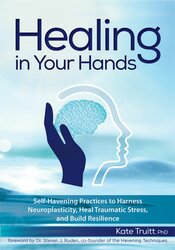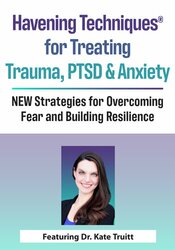Pushing Pause on Your Amygdala: Strategies for Slowing Down the Stress Response

Ever reacted before your rational brain even had a chance to catch up? Maybe you snapped at a loved one, shut down in an argument, or felt overwhelmed by a seemingly small moment. That’s not you failing—it’s your amygdala doing what it’s designed to do: protect you.
I like to call the amygdala Amy—a fierce and loyal guardian who has been fine-tuning the human survival response for over 300 million years. The challenge? Amy operates on an ancient system. Instead of saber-toothed tigers, today she’s scanning for modern “threats” like an unread email, a partner’s tone of voice, or an unexpected traffic jam.
The problem isn’t Amy’s speed—it’s that she sometimes misreads the situation, activating stress responses based on old data. But the good news? You can rewire how she responds.
The CASE for Self: How Amy Interprets Your World
Amy’s decision-making is based on four key categories of data—what I call the CASE for Self:
- Cognitions (C): Thoughts, beliefs, and interpretations shaped by experience.
- Autonomic Nervous System (A): Physiological signals like a racing heart or tight chest.
- Somatosensory Experiences (S): Gut instincts, implicit memories, and body-based knowing.
- Emotions (E): The foundation of experience, shaping how we react before logic kicks in.
Amy takes all of this information and decides—within milliseconds—whether you fight, flee, freeze, or fawn. If you’ve ever felt hijacked by an emotional reaction, it’s likely because Amy was pulling from past experiences, not the present reality.
The Push-Pause Practice: Your Brain’s Reset Button
The Push-Pause Practice is a simple yet powerful way to interrupt automatic reactions, giving your brain the space to respond intentionally instead of reacting impulsively.
How to Use the Push-Pause Practice
- Recognize the Activation – Notice when your stress levels start climbing above a five on your internal scale.
- Push Pause – Imagine pressing an internal pause button or say, “I need a moment.”
- Breathe & Regulate – Take a deep breath and exhale slowly to remind Amy there’s no immediate danger.
- Engage in a Brain-Calming Technique:
- CPR for the Amygdala® – Learn more about how to actively soothe and heal your amygdala here.
- Sigh Breath with Mindful Touch – A deep exhale paired with grounding touch. You can learn more about this powerful regulating exercise here.
- Color and Breath Titration Exercise – Using breath and visual focus to calm the nervous system.
- Mindful Grounding with Distractions – Redirecting attention to shift out of reactivity.
This process can take as little as 30 seconds, yet it rewires how your brain interprets and responds to stress.
Why It Works: The Science of a Pause
When we pause instead of reacting, we engage the prefrontal cortex—the part of the brain responsible for logic, problem-solving, and decision-making. This signals to Amy that not every trigger is an emergency, reducing the intensity of future stress responses. With time and practice, your brain will default to response over reaction, helping you build resilience, emotional flexibility, and a deeper sense of control.
Bringing Push-Pause into Daily Life
This practice isn’t just for big emotional moments—it’s a daily brain-care tool. Try using Push-Pause:
- Before responding to a frustrating email or text.
- When you notice tension creeping into your body.
- In moments of anxiety or overwhelm.
- As part of your morning or evening check-in.
Want to try it for yourself? Download the free Push-Pause Guide here.

Written by Dr. Kate Truitt, a psychologist, neuroscientist, and trauma expert, Healing in Your Hands is the first book of its kind to integrate the neuroscience of trauma with cutting-edge research on

What do you do when a patient is hijacked by their emotional brain?






